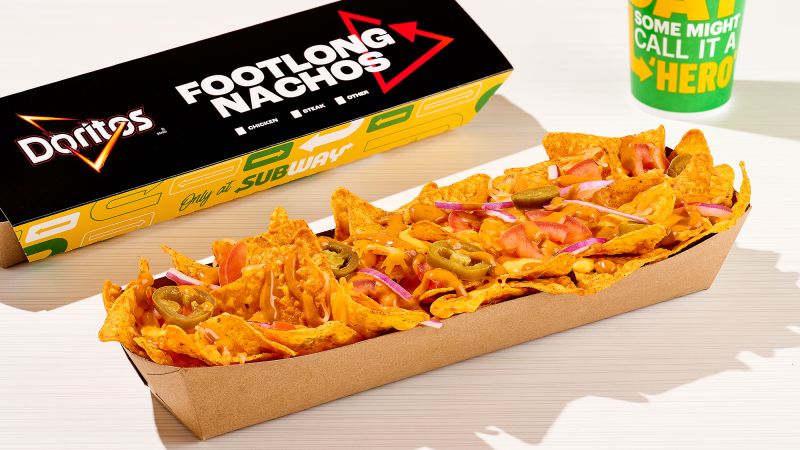
President Donald Trump’s deliberations over his plans to impose reciprocal tariffs are coming down to the wire, with his team said to be still finalizing the size and scope of the new levies he is slated to unveil on Wednesday afternoon.In meetings on Tuesday, Trump’s team continued to hash out their options ahead of a Rose Garden event scheduled to begin as US markets close at 4 p.m.
on Wednesday, people familiar with the ongoing discussions said. The White House has not reached a firm decision on their tariff plan, said the people, who spoke on the condition of anonymity, even though Trump himself said earlier in the week that he had “settled” on an approach.Several proposals are said to be under consideration, including a tiered tariff system with a set of flat rates for countries, as well as a more customized reciprocal plan.

Under the first option, countries would see their goods face levies at either a 10% or 20% rate depending on their tariff and non-tariff barriers on US goods.Rumors and whispers raced across Washington and Wall Street Tuesday, with less than 24 hours to go until Trump’s announcement, as companies, countries and the lobbyists paid to influence the president’s agenda tried to find out final details. The Wall Street Journal reported that Trump aides were studying a more targeted option, while Fox News said Tuesday that Trump was also still considering a flat 20% global tariff.
Amid all the speculation, the White House on Tuesday stayed silent on the details of Trump’s plan, ahead of the president’s formal announcement.Treasury Secretary Scott Bessent told lawmakers that the tariffs would be a cap — reflecting the highest levels they’ll go, with countries then able to take steps to bring rates down, Representative Kevin Hern, an Oklahoma Republican, told CNBC. Earlier Tuesday, White House Press Secretary Karoline Leavitt said that the tariffs would take immediate effect but that Trump was open to subsequent negotiation.
“Certainly, the president is always up to take a phone call, always up for a good negotiation,” she said.All told, the late-hour movement signaled that the scope and details of the long-promised announcement are shifting even as the pageantry of the event — dubbed a “Make America Wealthy Again” celebration — comes into focus.Cabinet officials and lawmakers have been invited to the announcement, along with workers and executives from the US steel industry, according to those familiar with the plans.
Trump officials plan on fanning out on the airwaves throughout the day to pitch the president’s vision, Harrison Fields, a White House spokesman, said Tuesday during an interview with Sean Spicer, who served as Trump’s press secretary in his first term.Wide-ranging approaches remained on the table even as the announcement Under the two-tiered approach, the highest levies would be applied to the countries perceived as the biggest offenders, both in terms of true tariffs as well as easily quantifiable non-tariff measures that act to deter US imports. Trump’s White House this week has complained about the trade practices of the EU, Japan, India and Canada, for example.
Another approach would see the US applying individualized reciprocal rates, tailored to countries based on their existing levies and non-tariff barriers. This approach was publicly signaled for weeks but some recent deliberations suggest it’s no longer the main focus. There’s also been discussion of a return to Trump’s original proposal: a flat global tariff, which would apply evenly to trillions of imports.
And the Wall Street Journal reported that Trump was considering a more targeted plan that would apply a tariff of less than 20% to a narrower section of countries.Midday Tuesday, Leavitt told reporters Trump was “with his trade and tariff team right now perfecting it to make sure this is a perfect deal for the American people and the American worker.”Regardless of the approach Trump ultimately settles on, the levies could apply widely, even to countries with which the US doesn’t have a trade imbalance, and they are expected to amount to one of the the biggest new import taxes in US history.
They would also open a window for fresh negotiation with countries, many of which have already been talking to administration officials ahead of the announcement, meaning new trade deals could see rates continue to evolve over the coming weeks and months.Even so, new levies could apply swiftly, potentially affecting cargoes already en route to the US.While the White House said tariffs would take effect immediately, it’s most likely that they would be imposed at 12:01 a.
m. New York time on Thursday, when other levies on auto imports are due to kick in. The administration has delayed implementation of some previously announced tariffs on some Chinese, Mexican, and Canadian goods because of logistical concerns, and similar issues could again come into play.
The frenzied internal process and 11th-hour crunch are not uncommon for Trump, who took a similar approach to auto tariffs announced last week. But they signal genuine internal debate over a matter that external analysts warn could tip the country into a recession. The uncertainty has shaken markets, prompted economists to cut their growth forecasts and forced central bankers to factor in the potential inflationary impact of import costs.
Trump wants to raise $700 billion annually in tariff revenue, one of his most hawkish trade advisers, Peter Navarro, said Sunday. Trump said Monday he had made a decision “actually a long time ago,” but didn’t reveal it. Leavitt reiterated that claim, though the White House declined to weigh in on various proposals said to be under consideration.
A spokesman did not immediately reply to requests for further comment Tuesday. Other key questions swirl, like the fate of tariffs already applied to China, Canada and Mexico, and clawed back partially for the latter two. The White House has not said whether those would be replaced by Trump’s Wednesday announcement, or whether his move to exempt goods traded under the continental trade pact might also be extended somehow to the new levies.
The president has also promised coming tariffs on key sectors including pharmaceuticals, semiconductors and lumber..








_8.jpg?itok=wp-xhXRB)





